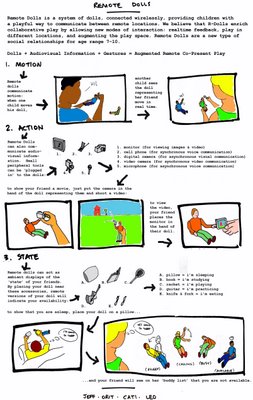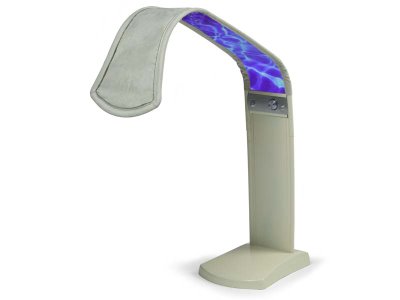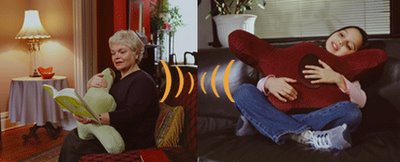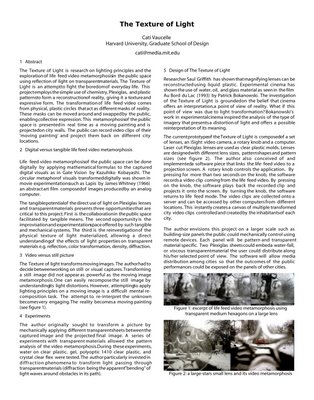If you’re new here, you may want to subscribe to my RSS feed to receive the latest Architectradure’s articles in your reader or via email. Thanks for visiting!
In Sept. 2006, I referred to the work of Tom Djajadiningrat. Tom Djajadiningrat is both industrial designer and researcher. He works on interaction design and considers product design methods.

Figure extracted from the paper on Rich Interaction: issues.
I selected two other papers of his that look at interaction design from a product design point of view.
Abstrat The topic of this paper is rich interaction. Rich interaction borrows from tangible interaction and the concept of affordances. This is achieved through integral design of form, interaction and function of products. It is applied to interactive consumer products. A digital camera with a rich user interface (RUI) was designed and compared in a user study to a digital camera with a more conventional user interface. Several issues concerning rich interfaces are discussed.
Introduction The modernist tradition still drives our society and our scientific endeavors. Modernity stood for technology push, progress through industry, linearity, money, the abstract, and the logical. But it has resulted in a feeling of uneasiness, even coldness. That is why, we think, there is now such a drive to get human and societal values back in the equation: Think of human-centered engineering, the experience economy, funology, and the like. In this article we give an exam- ple of the direction interaction-design research might take. We describe an approach that exploits all human skills, including perceptual-motor and emotional skills. We then reflect on the question of why industry has been slow to adopt this approach.













